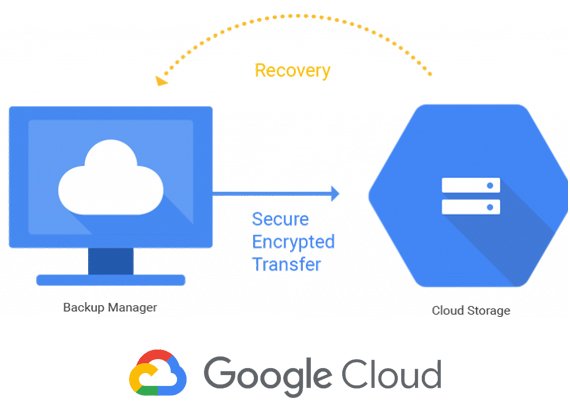In cloud storage, various objects are grouped into unique namespaces known as buckets. A bucket may hold multiple objects but a single object shall belong to one bucket. This storage model is popular widely in the cloud-native system because of the low costs along with serverless simplicity and approach. The huge work of data availability, replication, capacity planning, integrity, etc is then done by the cloud provider.
What are the Basic Tools for Google Cloud Storage?
The basic tools are stated in our online help with assignment on Google Cloud Storage as follows:
- Console: The Google Cloud Console offers a visual interface to manage data in a browser.
- Client libraries: The Client libraries of the Cloud Storage enables you to manage data using any preferred languages such as C#, C++, Java, Go, PHP, Node.js, Ruby, and Python.
- Gsutil: It is a command-line tool, which allows you to communicate with the Cloud Storage via terminal. When you use other services, you may download the Cloud SDK that includes gsutil with gcloud tool.
- REST APIs: You can manage your data with XML or JSON API.
Storage Classes
In Google Cloud Storage, you have to choose a storage class for a bucket: Standard, Nearline, or Coldline. One of the usual approaches is to choose a Standard, where you can choose your bucket in a particular single Cloud region or across multiple regions. It works well in different situations as you can receive highly available and highly performant storage.
There are many situations wherein data need not be accessed frequently and it is ok to have reduced availability. In such cases, the Coldline and Nearline Storage classes should be explored. They can minimize the cost than the standard storage.
In Nearline Storage, data is accessed not even once in a month. It is used to give a monthly report. On the other hand, Coldline storage is made for data, which is accessed less frequently than Nearline-once a year or even less. This storage is helpful in archival storage. Coldline storage class is used to retain a copy of data, which a business should retain for a long time period because of compliance with the regulatory requirements.






 3 Bellbridge Dr, Hoppers Crossing, Melbourne VIC 3029
3 Bellbridge Dr, Hoppers Crossing, Melbourne VIC 3029
